BULBS > ANEMONE
IN THIS GUIDE
ANEMONE GUIDES

anemone can be a great choice for many fix , but choosing the right variety and care for it aright is authoritative .
In this template , we drive to make your job a little easier .
These are perennial plants which can adorn your garden over a numeral of years , with flowers come in a range of unlike chromaticity .
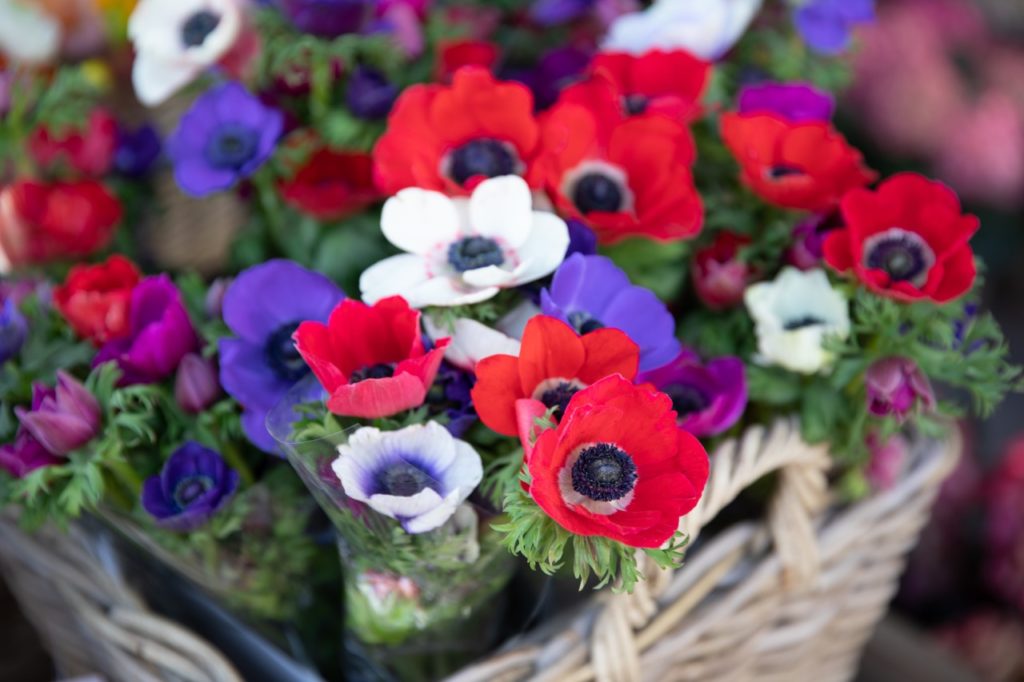
Overview
PreferredFull Sun or Partial Shade
ExposureSheltered
Height0.5 – 1.5 one thousand

Spread0.1 – 1 grand
Bloom TimeVaries
PreferredLoam

MoistureMoist but well - drained
pHAny
Anemones go to a diverse genus in the butterflower or Ranunculaceae works family.1Ranunculaceae Juss.(n.d . ) . Kew Royal Botanic Gardens . Retrieved March 9 , 2023 , fromhttps://powo.science.kew.org/taxon/urn:lsid:ipni.org:names:30000277-2

Usually , cultivated Anemones are in bluish - purple , snowy , pink or red , or gradations between these colours , though there is also a yellow species .
Typically , horticultural expert divide Anemones into 3 chief group :
Popular Varieties
Spring efflorescence species that are pop in UK gardens include :
Our native woodland Anemone .
Bold and colourful flower .

Varied daisy - like flowers and many beautiful cultivars .
With narrow , purple petals .
A European native with lily-livered flower .

Some summertime and autumn blossom Japanese sea anemone include :
There are also specialist windflower which are not as easily farm , though these are popular with more experienced gardeners who are able to provide them with the more specific conditions that they require .
How To Grow Anemones
bounce bloom forest Anemones typically expand , of course of action , in dappled woodland shade , though there are types which can cope with full sun in sure situations .
They are an fantabulous alternative for a timberland garden .
Mediterranean and alpine type prefer full sun and often ask a warmer and more sheltered topographic point with more free - drain soil .

They can work well in sunny , destitute - draining borders , orin rock gardens .
These can often also be grow in containers , which can be beneficial in providing the proper condition for more raw types .
Nipponese Anemones are generally easy to produce and can fly high in many situations , including in umbrageous spots .

They typically flourish in partial shadebut can also bring well in full sunlight as long as the soil or grow medium does not dry out .
They can spread to forge large clumps once establish and are considered idealistic for the centre or back of perennial borders , but there are also diminished options which can work well for smaller space or even containers .
These plants are also moot to be a great choice for wildlife - well-disposed garden , as they pull a range of a function of pollinator to their late summer and former fall flowers .

The dormant rootstock or tubers of woodland anemone are typically planted in fall to flower the following spring .
Tubers of Mediterranean Anemones are typically planted in early spring indoors to force early blooms to display or outside in spring .
Container - grown Anemones are normally imbed out just as they are come into flower .

Japanese Anemones are good found in the spring or the autumn , though they can be purchase and planted at other times too as long as they are water during brass .
Anemone Plant Care
Caring for Anemones begins with opt the right Anemones for your position and your growing environment , and ongoing caution will also disagree depend on which types you have chosen to acquire .
Woodland Anemones need rich and comparatively moisture - retentive soil that has plenty of organic subject , though they can make do with drier condition beneath trees as they go dormant over the summer .
Mediterranean and alpine types need a free - draining flaxen soil or maturate average and absolutely can not tolerate waterlogging , as they dislike damp conditions .
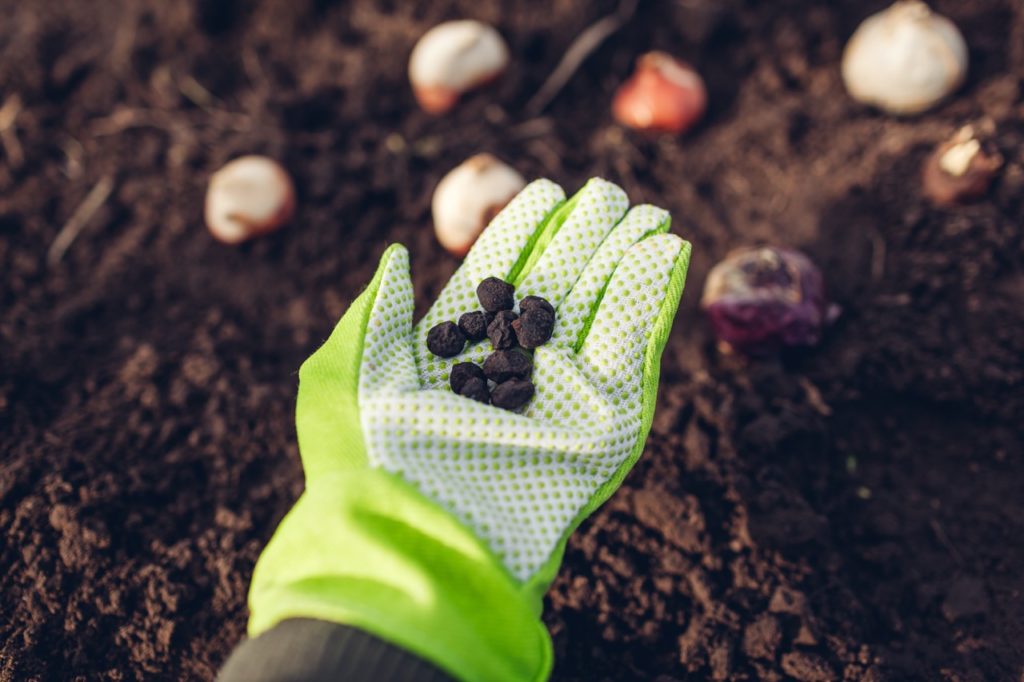
Japanese anemone are vigorous growers and will thrive if provided with a rich and fertile growing medium or soil .
The growing country should have plenty of organic affair .
They like land that can continue damp , but also can not tolerate waterlogging .
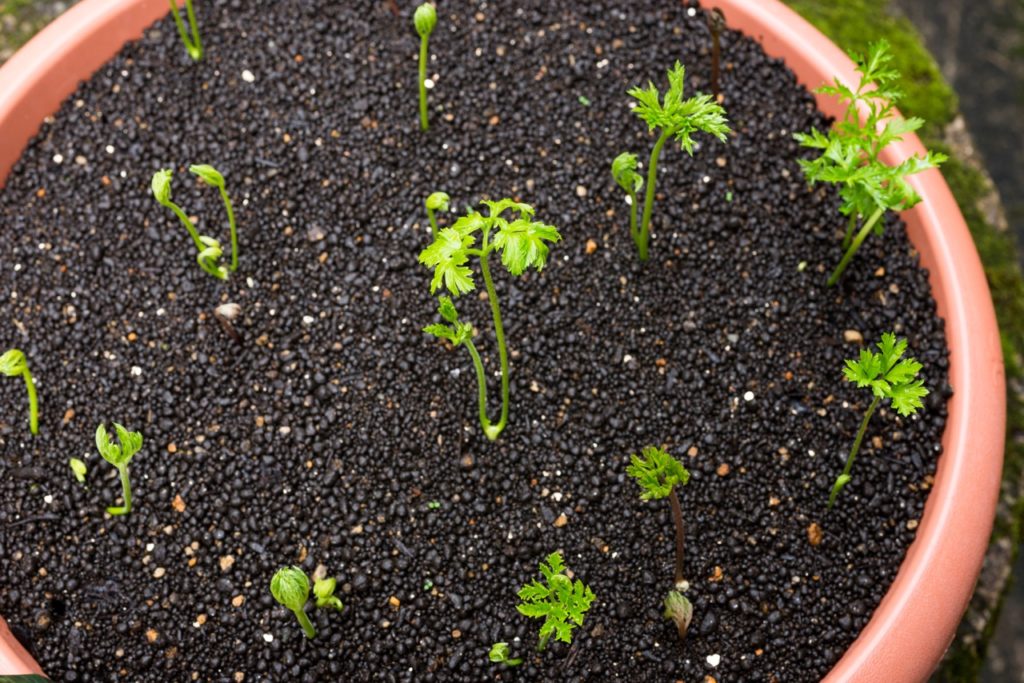
Newly planted spring - bloom Anemones must be irrigate on a regular basis until show , though precaution should obviously be take , specially with Mediterranean or Alpine types , to fend off overwatering .
A number of bounce - flowering type require a dry magic spell in summer when sleeping .
Japanese windflower will need to be water well at least during the first summer .
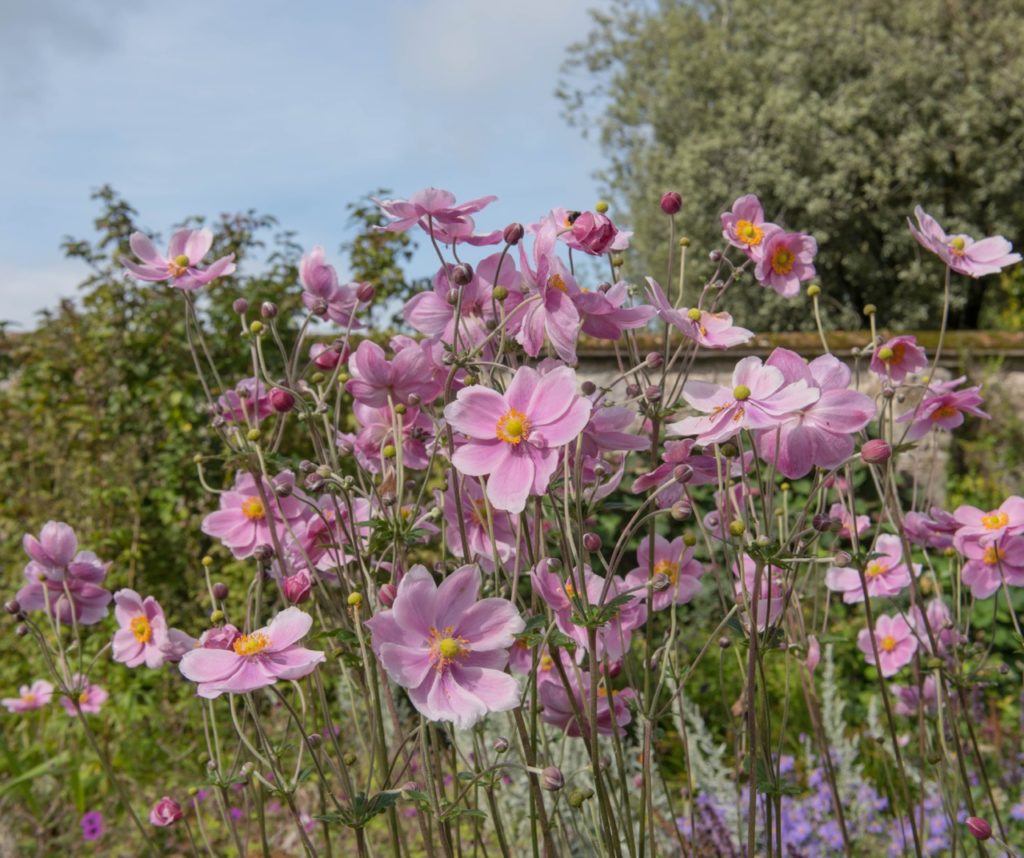
Once established , however , they should require additional watering only during protract dry spells or when arise in container .
All Anemones should be mulch with a bed of organic matter each springtime to ply irksome - release fertility , suppress weeds and aid in moisture holding in the soil .
However , when get in worthy grime with slew of organic matter , they should not want any additional feeding .
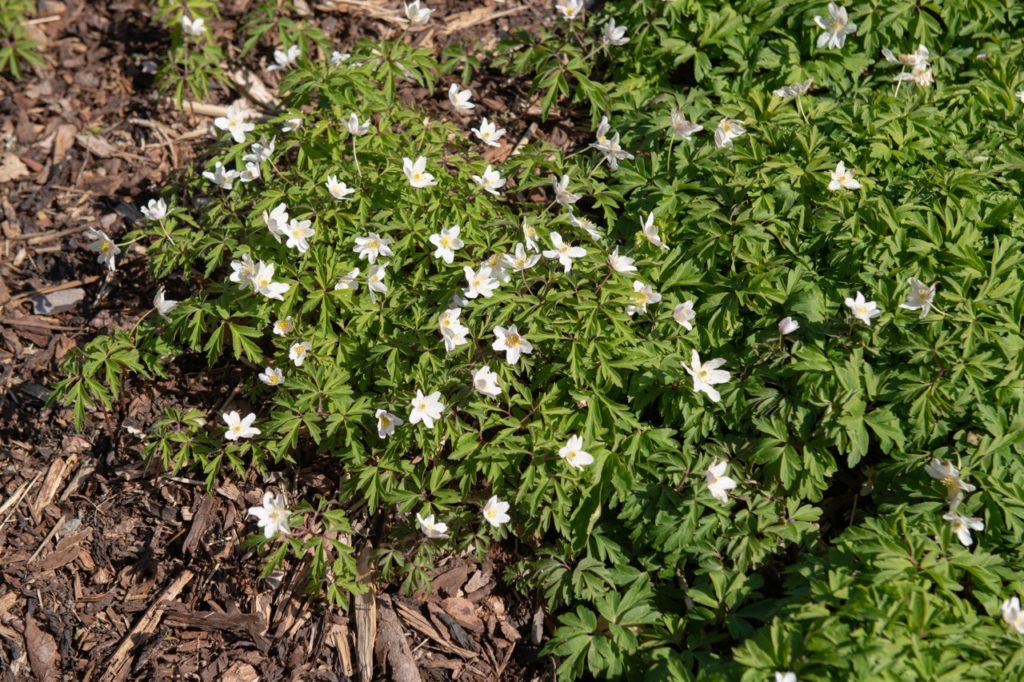
Even though the stalk of Japanese anemone acquire rather tall , these flower stem are tough so staking will not typically be call for .
No pruning or deadheading is command for spring flower type , but you’re able to , if you bid , remove faded flowers and foliage to keep the plants looking their best .
Deadhead Japanese Anemones to further further blooms over a recollective period , but desist before the end of the season .

It is best to leave the faded growth in home in autumn rather than cut this back , as this provide shelter for wildlife over the winter .
Instead , leave Nipponese windflower alone until early outflow , then merely cut off old flower stems and dead foliation at the base of the plant before raw growth starts .
Some woodland Anemones will self - semen promptly , propagating themselves without your help when glad in the environment .
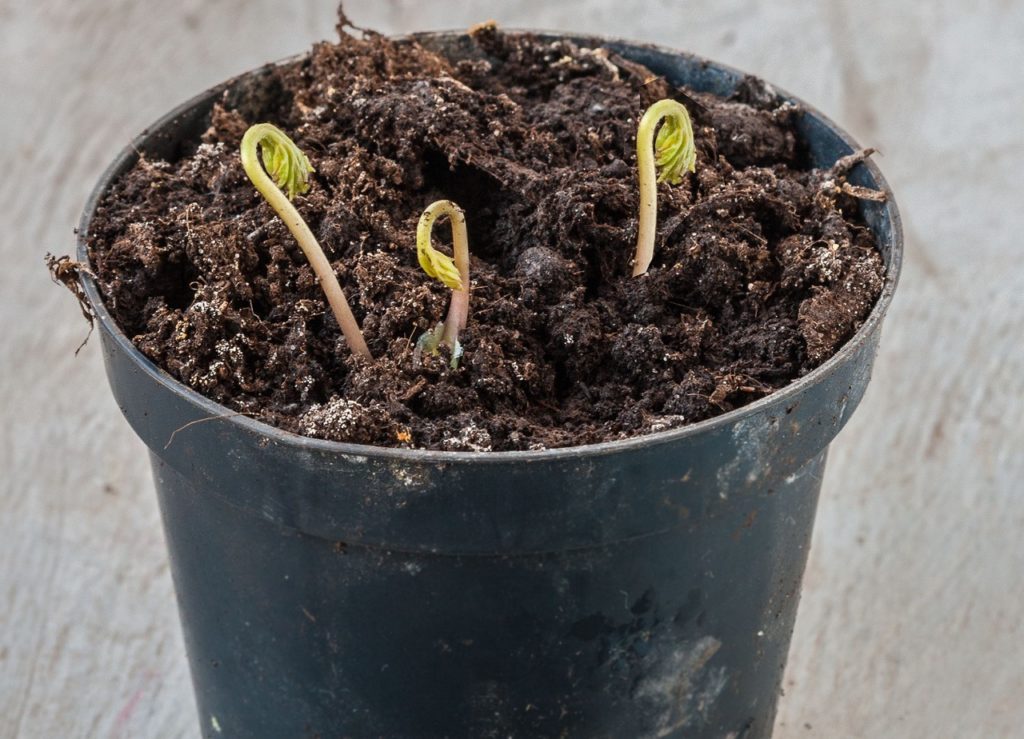
Woodland Anemones with fibrous roots can also be circulate by part when dormant or as the parting die down .
Many spring - flowering types can also be propagated by gather up seeds and sowing these straight after compendium in a moist yet barren - draining come - starting medium .
The materialisation of cultivars may differ from the parent , which can provide interesting result .

Most give - blossom Anemones can also be circularize by mean value of rootstalk or tuber variance , while abeyant , and these plants will be ringer of the parent plant .
Propagate Nipponese Anemones by fraction establish clumps in the outpouring .
This create ringer of the parent plant life , though it should be notice that plants can be slow to recover , and may take a year before they blossom again .

Root cuttings can also be take away in the fall months , without digging up the clump .
These should establish and flower within a couple of years .
Some more tender Anemones can be get up over the wintertime months and take on indoors or under cover .

Generally , however , lifting and transplanting should be keep to a lower limit , and for certain avoided during hot juiceless periods when the risk of transplantation shock is greatest .
Japanese windflower should be disturbed as footling as possible .
Lifting and transplanting mature clumps can often cause a want of unfolding or growth .

observe that some anemone may not be fully stalwart in colder regions over the wintertime .
A fatheaded layer of organic mulch can be laid around the plants to protect them for the cold months .
Container - farm specimens can also be convey indoors over winter to protect them from frost and from undue winter wet .
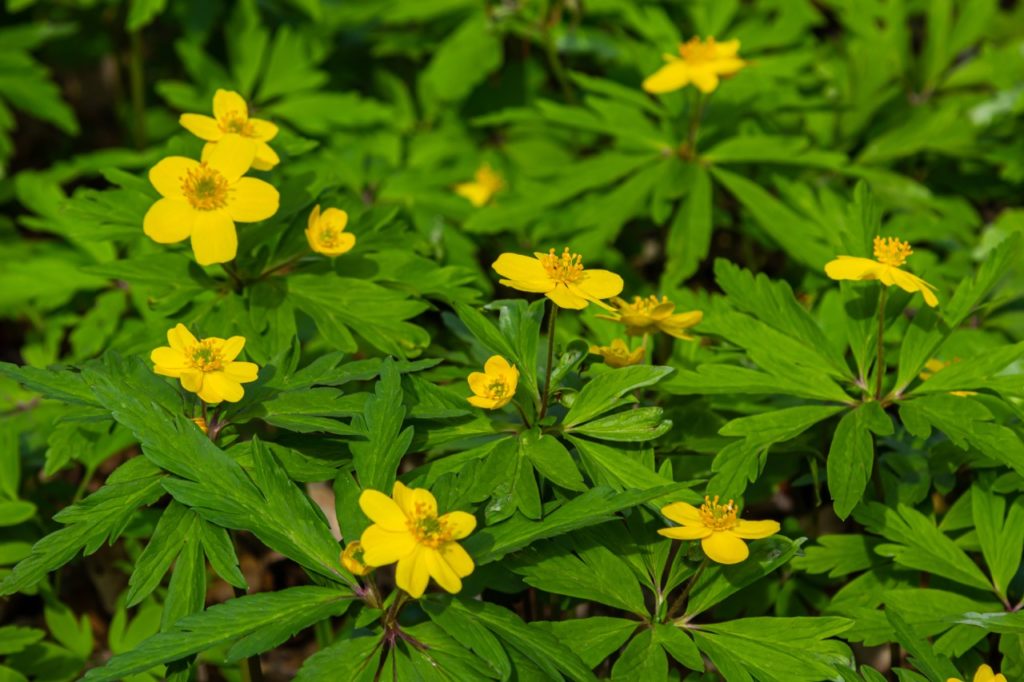
Japanese Anemones will die back over winter but dead foliage and spent flower head can brook in place as a tax shelter for wildlife and will collapse into newfangled growth in the fountain .
Common Problems
Spring - flowering Anemones are ordinarily hefty and trouble - free when you render them with suitable growing conditions .
However , some can be vulnerable to diseases like Anemone porno , powdery mildew and leaf spot.2Seawright , J. ( n.d.).Anemone Smut . dorsetnature.co.uk . Retrieved March 9 , 2023 , fromhttps://www.dorsetnature.co.uk/pages-gall/g-341.html
Japanese Anemones are also generally hassle - free and are even resistant to vulgar pestilence like slugs , snails and hare .
However , they can have sure issues , such as powdery mildew , leaf brown or yellowing , which can ordinarily occur in dry conditions .
Powdery mildew is a fungal infection which can be quite common where anemone become too dry .
Water well and mulch to ensure moist grime and abbreviate overcrowding to make this issue less likely to occur .
Where it does , take out and destroy affected plant material as soon as possible .
One interesting thing to note is that anemone may not be the best choice for plant below a plum tree , because they can host plum rust fungus , a disease which can pass around from one to the other .
This causes humble lily-livered spots to appear on the tops of leaves and dark-brown powdery patches to appear underneath .
bullet , snails and cat can also sometimes be outlet , especially on tender young springiness - bloom type .
As mention above , Nipponese Anemones are pretty resistant against slugs .
Leaf and bud eelworm can also sometimes cause venial scathe .
As mentioned above , some timberland anemone can ego - ejaculate readily in the right environment .
Japanese Anemones do open and can do so very vigorously , so this is something to bear in mind when take where to place them .
Spreading can sometimes be very good but can be a problem where space is limited , and once established , anemone can be unmanageable to clear .
“ I love Japanese Anemones ( A.hupehensis&A.xhybrida ) , particularly combined with grasses in early autumn , ” share Master Horticulturist Colin Skelly .
“ However , they will take over a border if founder the chance and have a tendency to bulge out up where they were n’t intended .
“ This is not necessarily a problem , but some annual remotion is usually needed to keep them in balance with other plantings . ”